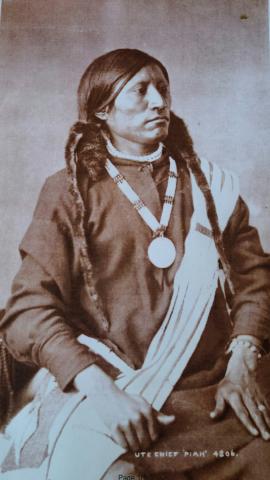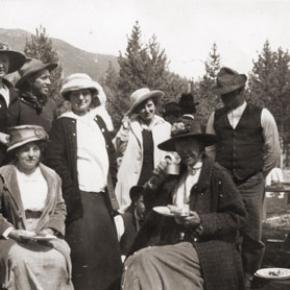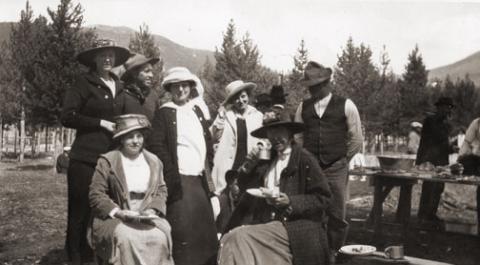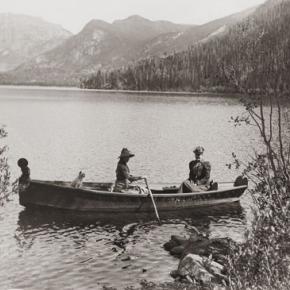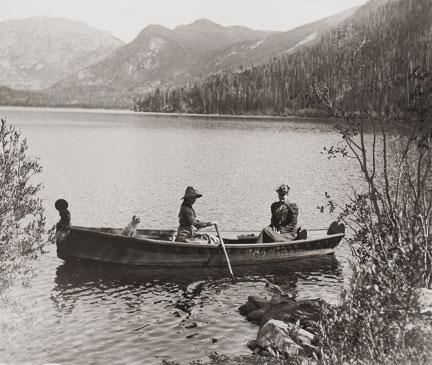Article contributed by Abbott Fay
There were many games and leisure time activities enjoyed by the early settlers in Middle Park. Among the most common adult games were gambling games such as crap-shooting. Poker in almost all its forms was also very popular. Some saloon poker sessions would go on for entire weekends. Parlor games often included Blind Mans Bluff, which has a history dating from ancient times. Charades, dating from the 1770's was recorded in at least one pioneer diary. Marbles and Jacks were common children's games.
Some of the more athletic pursuits included swimming, which was very popular in the summer and during winter at the Hot Sulphur Springs. Contests of croquet and horseshoes were played at almost all the resorts and dude ranches. Several times, the Middle Park Fair Horseshoe Champion went on to compete at the Colorado State Fair, and in 1920, a local winner went on to the World Championships held in Minnesota.
All sorts of tag games were invented, including a version called "Fox and Geese" played in the snow fields of winter. A variation which is rarely seen today was called "Statues". In this game, "it" would whirl each player around and then release him or her. However the released one landed, that position had to be held totally motionless (as a statue). After all the players had been cast off into statues, "it" would pass among them looking for even the slightest motion, even to the blink of an eye. As "it" caught a victim in movement, the victim then had to join "it" to pass among the statues, often taunting and teasing to elicit a movement, until only one statue remained. The final statue became "it" for the next round.
Rope jumping, hop scotch, sleigh riding, skiing and ski-jouring have all been mentioned in letters, diaries and newspaper accounts. Potluck picnics were frequent in the summers. Ranch families would meet on Saturday nights in the school house for dancing. At church celebrations there was almost always a cake-walk and donated box lunches were auctioned off.
In additional to fishing and hunting, rodeos gradually replaced informal races and other private ranch contests. One of the first rodeos in the nation was held at Deer Trail in Colorado in 1869. By the end of the century, almost every ranching area in the state had at least one rodeo a year.
As for musical entertainment in those days before phonographs or radios, many people would perform at public and private gatherings. Violinist, often self-taught, would play with other instrumentalists in what were called "hoe downs". Mountain men often carried mouth harps for self-entertainment or impromptu performances for other trappers and Indians. Accordianists were very popular at polka dances and the Jew harp was another common musical instrument.
On long lonely treks, some travelers would sing, not only for pleasure, but to scare away predatory animals. Some ladies cultivated excellent singing voices and were often accompanied by piano music. Pianos were more common in homes a century ago than they are today. For households without a capable musician, there were player pianos, which made music from rolls of perforated paper to reproduce popular and classic tunes.
Story-telling was an art for some talented individuals, who were the highlight feature at many gatherings. Some stories ended on a humorous note; other were mysterious or even scary. Conversation was also considered a form of entertainment. Women's sewing bees were welcomed for the gossip opportunities as well as the craftsmanship.
Essentially, there was much more individual participation and carefully planned intermingling in those days than the more passive entertainment (TV, video games, movies, etc.) of today.
Sources: Merlyn Simmonds Mohr, The New Games Treasury, Boston, 1997
Gertrude Hollingsworth, I Rember Fraser, Fraser, CO
Luela Pritchett, Maggie By My Side, Steamboat Springs, CO 1976
Candy Moulton, A Writers Guide to Everyday Life in the Wild West, Cincinnati, Ohio, 1999
Robert C. Black, Island In the Rockies, Boulder, CO 1969









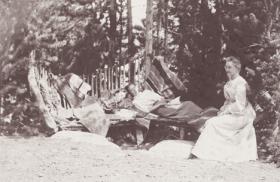


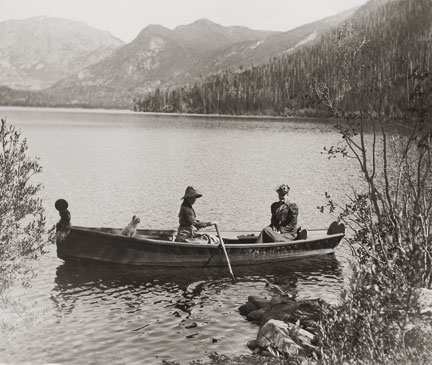
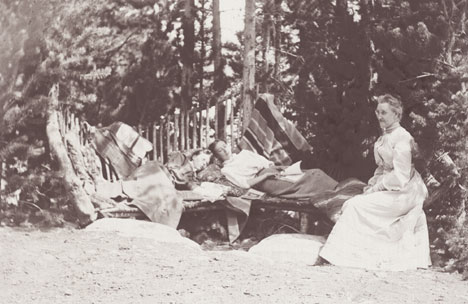
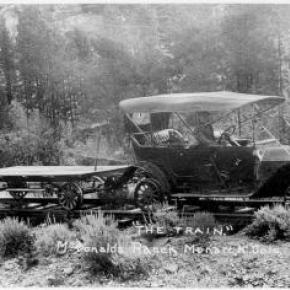
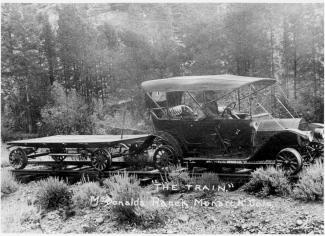
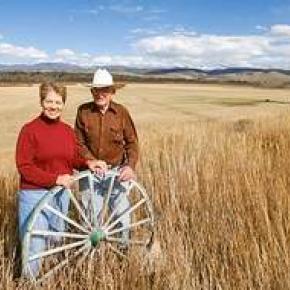
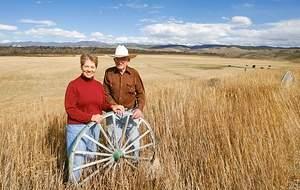
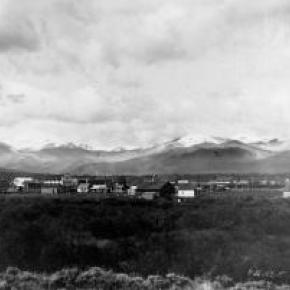
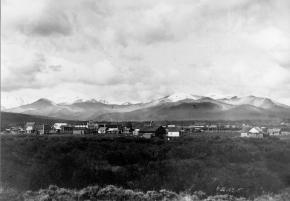
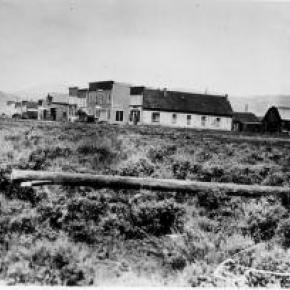
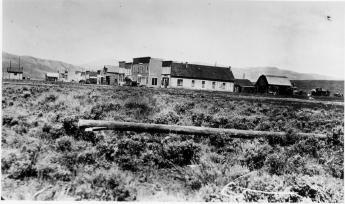
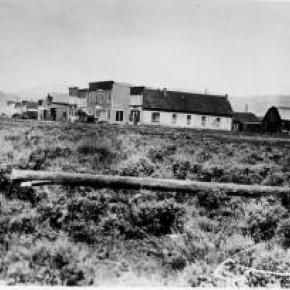
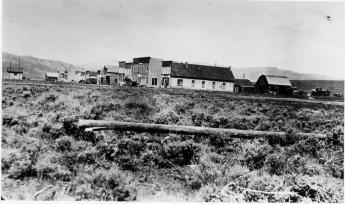
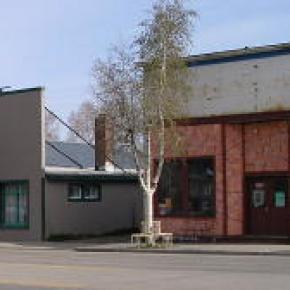
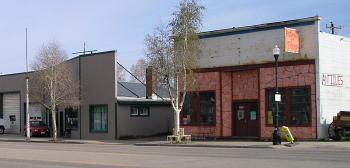
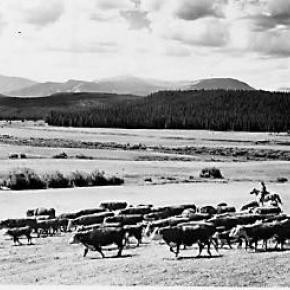
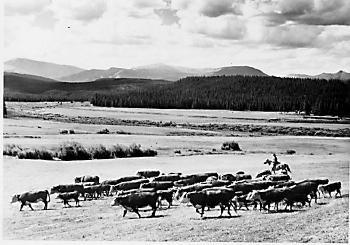
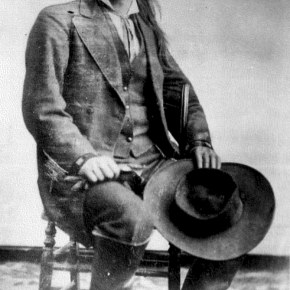
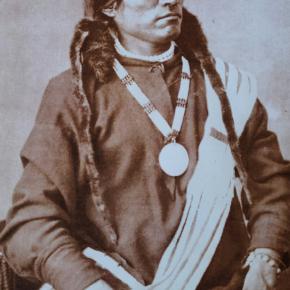
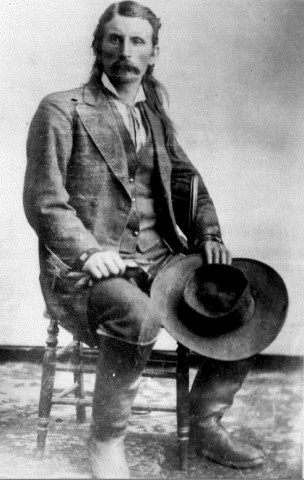 ,
, 